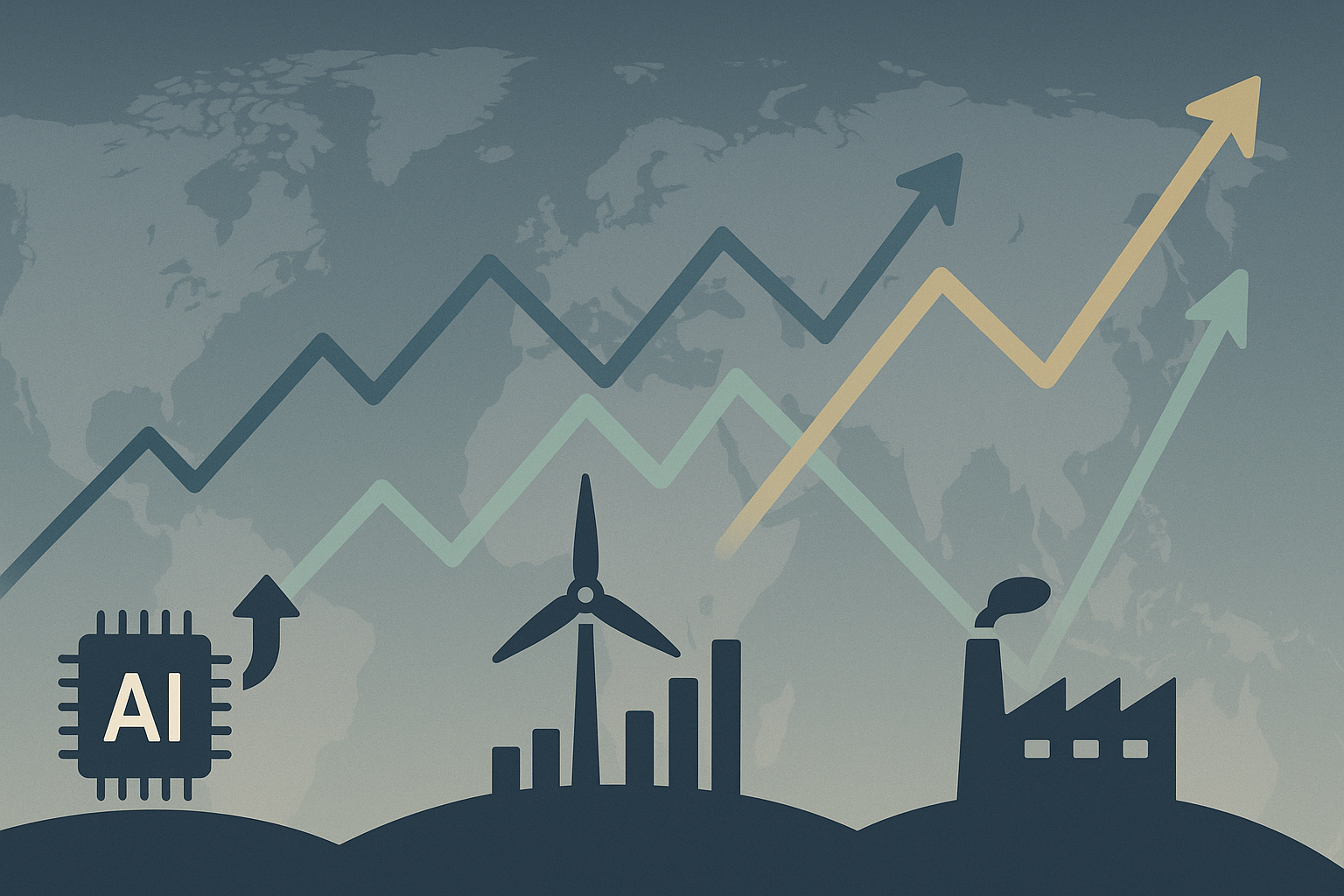The global markets in mid-2025 are giving me flashbacks to 2019 - deceptive calm on the surface with currents of volatility underneath. As of today (July 20), we're seeing patterns that even veteran analysts are struggling to interpret coherently.
I've been watching the tech sector particularly closely, and the fragmentation is striking. While AI infrastructure companies continue their seemingly unstoppable climb (up another 14% this quarter alone), consumer tech has cooled significantly. The "tech correction" many predicted last year has materialized - but in a much more selective way than most anticipated.
The energy transition is creating winners and losers at a pace I've never seen before. Traditional energy companies that pivoted early to renewables are outperforming expectations - BP's recent quarterly report shocked even the most optimistic analysts. Meanwhile, those who doubled down on fossil fuels are facing increasingly skeptical investors.
Emerging markets present perhaps the most interesting story of 2025 so far. The "South Asia Surge" (as The Economist dubbed it last month) continues, with India and Vietnam leading manufacturing growth that's reshaping global supply chains. China's economic indicators remain mixed - strong in some sectors but showing concerning weakness in real estate and domestic consumption.
Inflation - everyone's favorite boogeyman from 2022-2023 - has settled into what central bankers are cautiously calling a "new normal" range of 2.5-3% in most developed economies. The Fed's decision last month to hold rates steady suggests they're comfortable with this level, at least for now.
For investors (myself included), diversification has never been more important. The correlation between traditional asset classes has weakened, creating both risks and opportunities. I've personally increased my allocation to sector-specific ETFs rather than broad market funds - something that would have seemed too hands-on to me just a few years ago.
The rest of 2025 promises to be anything but boring for market watchers. With major elections coming in several G20 nations and ongoing trade tensions, we're likely to see heightened volatility through Q3 and Q4.
